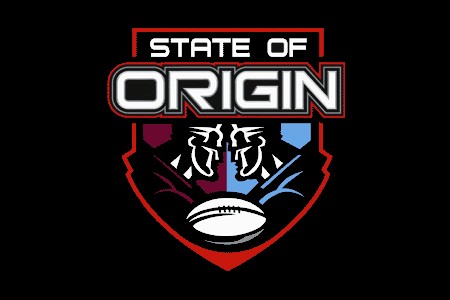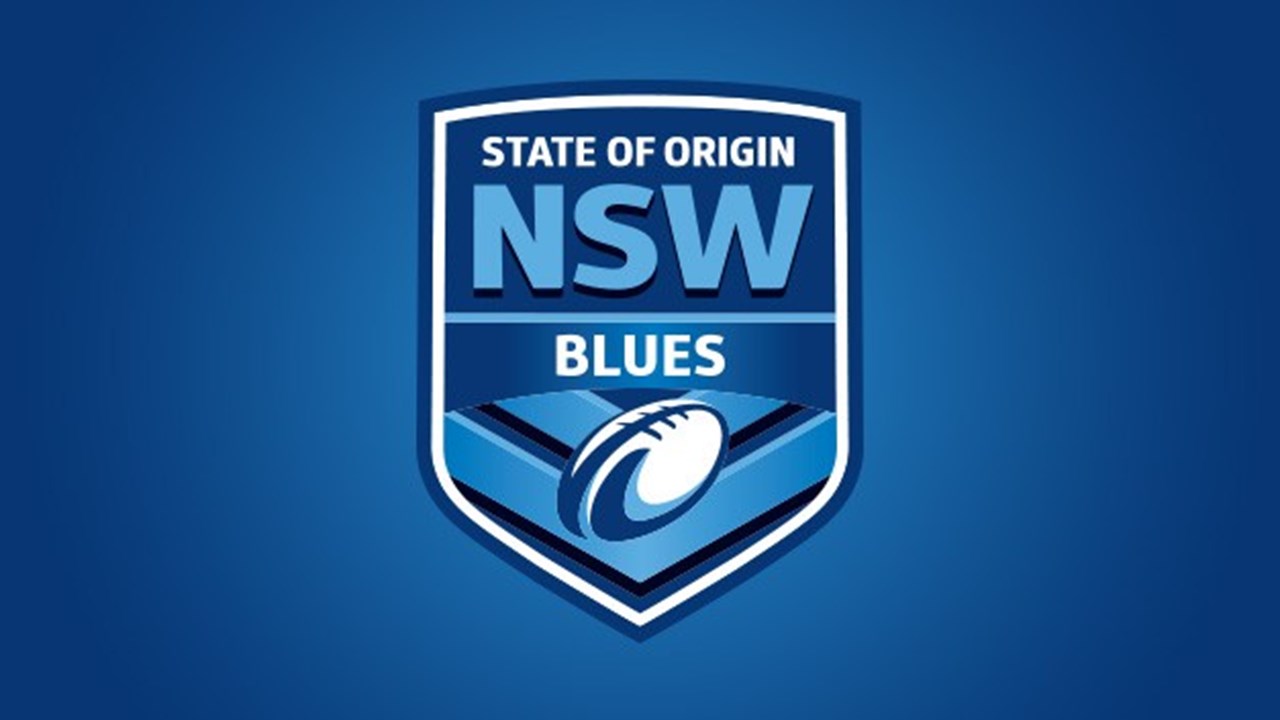When you get to representative level, the players you assemble are the best of the best. Bigger, faster, stronger, more skillful and with more endurance.
It is that last asset that I think is seeing the bench rotation at representative level evolve into something different than what we have become accustomed to seeing over the last decade.
New South Wales at State Of Origin level is the best example you will see of this phenomenon. The likes of Paul Gallen, Luke Lewis, Glenn Stewart and Greg Bird all have the ability to play at a high level for more minutes than your average forward.
When you consider that a normal bench rotation would see New South Wales select a hooker/utility to spell the starting hooker, and then three extra forwards to rotate the forward pack during the game, you start to come to a point where your starters can play so many minutes with no drop off in performance that your bench forwards, and even your hooker/utility, are not playing many minutes at all.
Over the years there have been a few famous instances of bench players at representative level not seeing any game time. Even in this seasons ANZAC Test between Australia and New Zealand, Australian Dale Cherry-Evans saw no playing time against New Zealand in what ended up being a good Australian win on New Zealand soil.
In last nights State Of Origin game, few of the bench players made any sort of impact on the contest. In fact I felt that when James Tamou came from the field for New South Wales after 18 minutes, it was more a case of him being replaced at a predefined moment rather than him really needed to leave the field.
Are we getting to the point at representative level when teams will select a utility player, who may or may not be used, a front rower, a second rower, and then a pure impact player such as a very big forward to be used late in the match? We may see teams select a smaller speeder who has the job of just getting in around the ruck, getting a few runs out of dummy half, and looking to back up on any half breaks or off loads.
When you look at the New South Wales performance, I can’t help but think that James Tamou could have played more minutes and that, being part of a conventional rotation, if anything took him off the boil. I also wonder, if New South Wales could have called on a huge ball runner like Jamal Idris to play in the forwards rather than Ben Creagh, would it have just been enough to break the Queensland defense?
Rugby League is blessed right now with some very big, hard running athletes that can cause havoc when used at the right time. These players don’t need much game time to have a huge impact on a contest. The likes of Tony Williams and Jamal Idris are perfect for this role.
It would be a fairly brave coach however that decided to make such a dramatic change to the conventional way a bench is used. Coaches don’t like to go into a game unprepared for as many circumstances as possible. They like to know that if one of their work horse forwards gets injured during a match, they have something similar waiting on the bench.
As players become fitter and can play more minutes though, I think we will see the bench used more for impact rather than to give starters a spell. It would open up new positions within the game, especially for giant forwards who find it hard to get a start in the NRL these days because they don’t have the same endurance of many of their peers.
A move away from safety first on the bench towards a a collection of impact players would be fantastic for the game and produce specialist players who know they need to be up to giving just two ten minute bursts of fury and leave it all on the field.
Evolution has always been one of the great strengths of Rugby League. I reckon if you look closely, you can see it in action right now with how coaches will start to use their bench.







